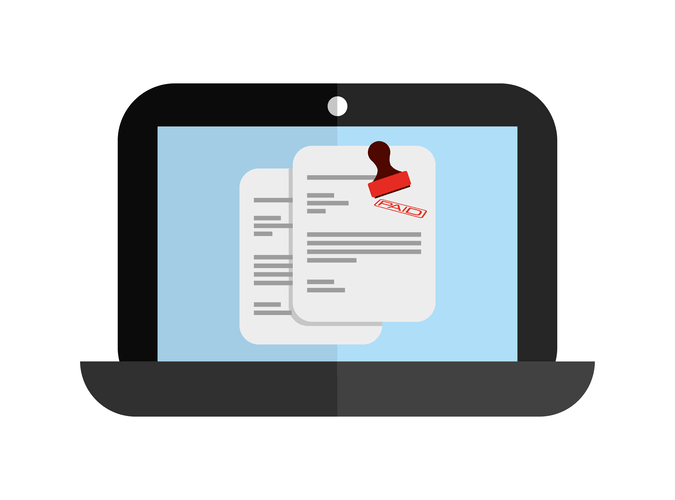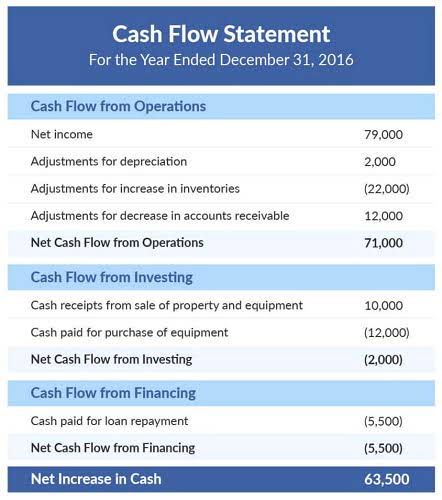
This involves maintaining detailed records of each grant or donation, including donor identity, fund purpose, and any specific restrictions. With Wiley Not-For-Profit GAAP 2020, you can be assured you have the most current, comprehensive accounting information that applies to nonprofit organizations. Stay in compliance and ensure timely, accurate reporting with this authoritative volume.

Discover content
- Specialized software streamlines tracking by providing real-time insights into funding sources and expenditures.
- For more information on how Sage uses and looks after your personal data and the data protection rights you have, please read our Privacy Policy.
- There is more flexibility in financial reporting when you’re reporting to internal users, like your board members or employees.
- These qualities make it easier for donors, regulators, and other stakeholders to understand your nonprofit’s financial health.
- Nonprofits make money from various sources, such as individual donations, grants, investments, and corporate contributions.
A well-constructed budget guides decision-making and ensures efficient resource allocation. This process involves setting realistic revenue targets and expenditure limits based on historical data, economic conditions, and future projections. A rolling budget approach allows nonprofits to adjust plans as new information arises, maintaining flexibility.

Grants for Individuals with Developmental Disabilities in Colorado

Nonprofit financials are reports that detail the financial health and performance of a nonprofit organization. This basic nonprofit financial report template covers the essential components, ensuring clarity and transparency for stakeholders. Creating accurate 501c3 financial reports requires meticulous attention to detail and adherence Accounting For Architects to accounting standards, such as Generally Accepted Accounting Principles (GAAP). Here are the not-for-profit financial reporting requirements to make your report both useful and engaging. It details where your money is going—whether it’s for programs, administrative costs, or fundraising efforts. Nonprofit financial reports are essential for demonstrating transparency and accountability.
- For example, using labor hours as a cost driver ensures programs requiring more staff time bear a larger share of indirect costs.
- For instance, if you’re trying to have your financial statements audited by a CPA, you’ll need GAAP-compliant financial statements.
- For nonprofit organizations, ASC 842 became effective for fiscal years beginning after December 15, 2019, and for interim periods within fiscal years beginning after December 15, 2020.
- Key components are segregation of duties, transaction approvals, and regular audits.
- This allows real-time access to donor data, customizes donor communication, and automates updates.
- Therefore, nonprofits are not exempt from complying with ASC 842 when they enter into lease agreements.
Free Recorded Webinar: 5 Essential Reports Your Nonprofit Needs
Adherence to GAAP for non-profit organizations is crucial for maintaining credibility, ensuring transparency, and meeting the unique reporting requirements of these entities. It forms the foundation for nonprofit accounting with a consistent set of rules that ensure financial statements are reliable, consistent, and easy to compare. GAAP covers key areas like revenue recognition, expense matching, and fund classification. Your nonprofit also needs to produce specialized financial reports, such as statements of activities, to show how funds are used to support its mission. That’s why GAAP for Nonprofits it’s so important to choose accounting software that’s designed to meet these specific needs. This allows these organizations to remain tax-exempt and use their revenue to effectively further their missions.

Do You Struggle to Make Sense of Your Financial Statements?
Positive net assets shows that you’re in a strong financial position, while negative net assets are a sign that it’s balance sheet time to reevaluate and adjust your financial strategy to stay sustainable. Audits ensure financial accuracy, compliance, and transparency, often required by larger donors or government grantors. Financial reporting for nonprofits not only fulfills regulatory requirements but also helps build trust among donors, stakeholders, and the community. They include statements such as the balance sheet, income statement, and cash flow statement to track assets, liabilities, revenues, and expenses. Using nonprofit accounting profits can help streamline financial reporting processes, minimize error, and ensure consistency across reports.
By keeping these explanations straightforward, donors can see how effectively you’re using their contributions. When you’re putting together a financial report for your nonprofit, you want it to be more than just numbers. It works alongside the balance sheet and income statement to give a complete picture of your finances. Sometimes rolled into the income statement, this focuses specifically on spending.
Internal Controls (Keeping Everything Squeaky Clean)
Conditional contributions, tied to specific events or outcomes, can only be recognized when conditions are substantially met. For example, a grant requiring matched funds or specific program outcomes is conditional. Unconditional contributions, such as general donations, are recognized as revenue upon receipt. This distinction impacts financial statements and cash flow management, as nonprofits must plan for delays in recognizing conditional funds. This statement is unique to non-profit organizations and reports expenses by both function (program services, management and general, and fundraising) and natural classification (salaries, rent, etc.).
Keyboard shortcuts
Customizable reports make tracking and visualizing your nonprofit’s financial health easier. You should be able to generate unlimited reports, tailor pre-built dashboards to meet your needs, and gain real-time insights into your finances to guide your planning and strategy. The right financial reporting software can automate tasks such as tracking grants, categorizing expenses, and preparing detailed financial statements. The statement of financial position outlines the nonprofit’s assets, liabilities, and net assets at a specific point, helping stakeholders assess stability. They handle tasks such as tracking donations, managing budgets, preparing financial statements, ensuring compliance with regulations, and filing required tax forms like IRS Form 990. Effective communication with stakeholders is another critical component of successfully implementing new financial reporting standards.
